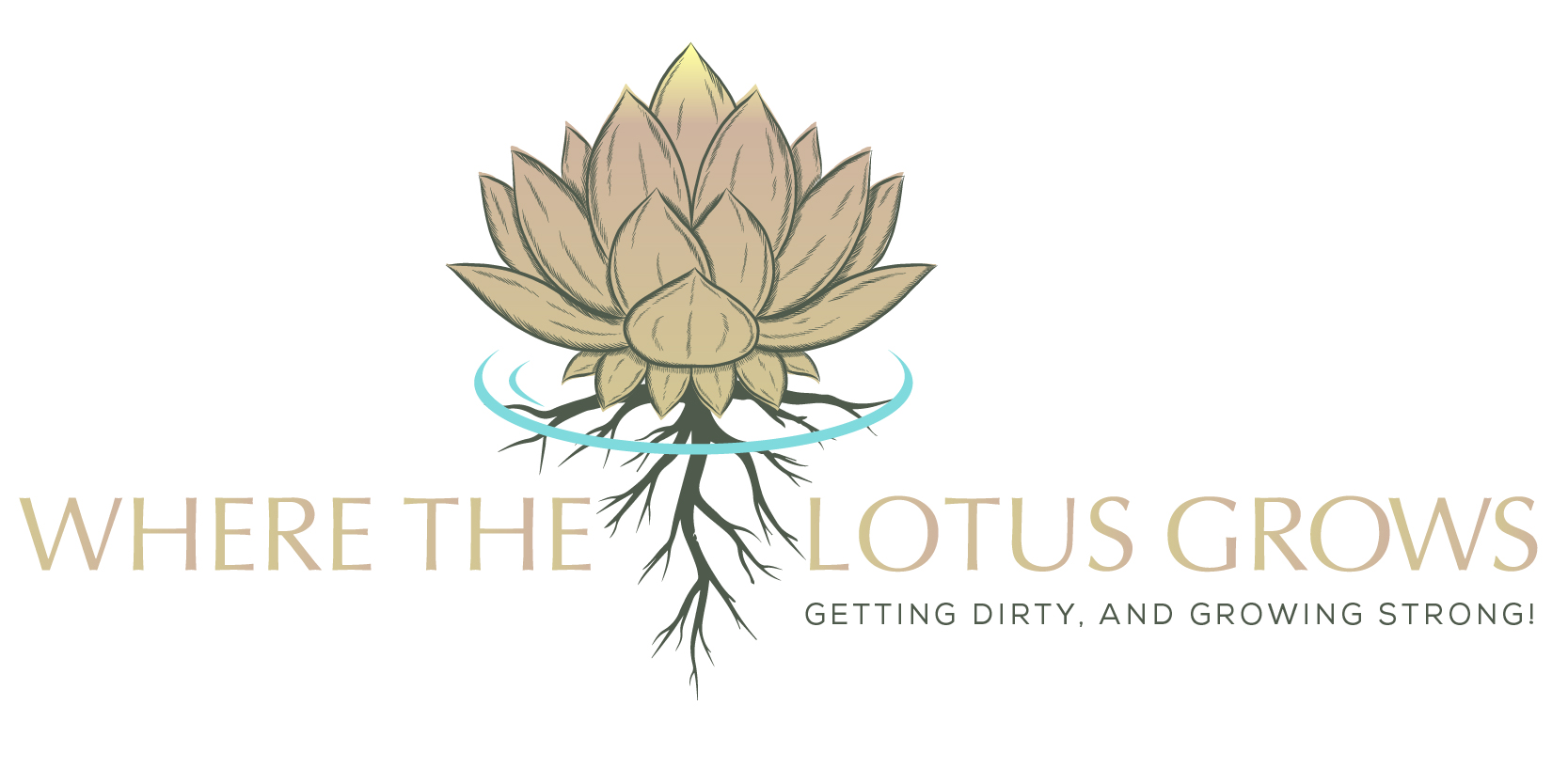Episode 16: Musculoskeletal Conditions Part 4: Shoulders
Tension is misinterpreted movement.
-A narrow definition of tension is a place in the body that feels tight, hard, hurts is knotted or cramped. Think of it as being an emotional root causes not being addressed and the portion of the body where movement should be however there isn’t proper circulation getting there and it is becoming stagnate and tension is occurring.
-Tension can become a habit. You may also pick tension up from your environment absorbing other people’s tension, we are tired, stressed out, etc. It is important to insure your own relaxation is deep enough so that nothing in your environment disturbs it. For example savasana practice allows relaxation to be anchored in both the body and mind.
-Giving yourself savasana time can be difficult because you feel pressures of of time or allow time robbers to steal your relaxation time. Especially since we live in a society that rewards us for not relaxation.
-Are you talking about time as a negative connotation? Do you think something has to be done quickly because otherwise you are doing less? Shoulders are where we carry the weight of the world, our relatives, the work we are doing.
-Responsibility is a word that weighs heavily here, as do duty, mortgage payments, sick children, demands of in laws and so on. When we have problems with shoulders it indicates our avoidance of our own issues beings so busy dealing with our obligations to others that you have little time for yourself.
-The shoulders get tense and rigid when you are not expressing your real needs, when you are doing something you would rather not be doing, when you feel you have too much to do, when you feel scared or reaching out and wanting to pull back into the safety of doing nothing.
-Frozen shoulder may perhaps indicate fear and anxiety, hunched shoulders perhaps overwhelmed by burden of life’s problems, shoulders pulled back perhaps false bravado or holding back feelings especially ones that yearn to reach out.
-Eric Franklin talks about how relaxation and energetic charging of an organ has a direct bearing on flexibility. We can use visualization, touch, voice to support us in creating relaxation.
-Our body is always healing in every movement, millions of immunity cells are purifying inside the pituitary gland along with other glands and hormones take care of maintaining our homeostasis. Trillions of cells are constantly busy creating new proteins.
-When we carry our shoulders high the spine gets overloaded which is a cost of energy and the body reduces its stability. Learning to relax the trapezius and lavator scapulae while allowing us to deal with daily life and allow it to flow so that we begin to attract helpfulness.
-Stretching the diaphragm, collarbone massage, livening up the feet does wonders for the shoulders. The more active the feet are the more the shoulders can release, thus having a strong foundation allows this relaxation.
-Refresh your joints - Have you ever thought that you understand more about your car than your own body? Our body is very complex.
The point where two bones meet is a joint. The joint is surrounded by a joint capsule and many ligaments. The ligaments form the joint and decide how flexible the joint will be. The ends of bones are covered with cartilage a pressure proof and lubricating material. Between the two cartilage surfaces is what is called synovial fluid. Between the cartilage and synovial provide an almost friction-free area in the joint.
When your joints feel stiff often times it is due to the state of the joint being cramped by our muscle tension. When your joint becomes inflexible it is due to a pathological change in the cartilage surfaces such as rheumatism or arthritis.
The joint is nourished through blood supply, synovial fluid through underlying bone surface and the joint movement every day, regularly supports this.
The shoulder girdle consists of four bones, 2 shoulder blades, 2 collarbones. The collarbones are delicate and are in an s-shaped bone. You might say they act as a shock absorber between the shoulder blades and the breastbone and connects our arms to the side of the body.
The shoulder complex consists of 4 joints, the connection between upper arm and shoulder blade, connection between shoulder blade and collarbone, the connection to the thorax between collarbone and breastbone, the connection between the shoulder blade and the thorax (moves like a joint but doesn’t have synovial or a joint capsule).
-Many people complain about tension in the upper back between he shoulder blades and then this extends into the neck and shoulders.
-The outline of the shoulder blade looks like an outline of Africa with a prominent mount range crossing it from one coast to other other (Atlantic Ocean to the Red Sea). This mountain range is the spine of the scapula and was originally the upper edge of the shoulder blade and at the end of the mountain range is a cliff that overhangs the head of the upper arm bone and this cliff is called the acromion. The shoulder blade height is the from the second to seventh ribs. There are 16 muscles that attaché to the scapula and they all via for its favor- the more muscles there are the more potential for tension.
-Giving yourself permission to play! Movement is a devotion in daily life. Every night take a shower and imagine as the water runs over head that all all the tension and difficulties of the day have been washed away.
Show Resources:
-Relax Your Neck, Liberate Your Shoulders: The Ultimate Exercise Program for Tension Relief https://www.amazon.com/dp/0871272482/ref=cm_sw_r_cp_tai_k5u9BbJYRC91X
-Your Body Speaks Your Mind: Decoding the Emotional, Psychological, and Spiritual Messages That Underlie Illness https://www.amazon.com/dp/1591794188/ref=cm_sw_r_cp_tai_W5u9BbH8JX6WY
